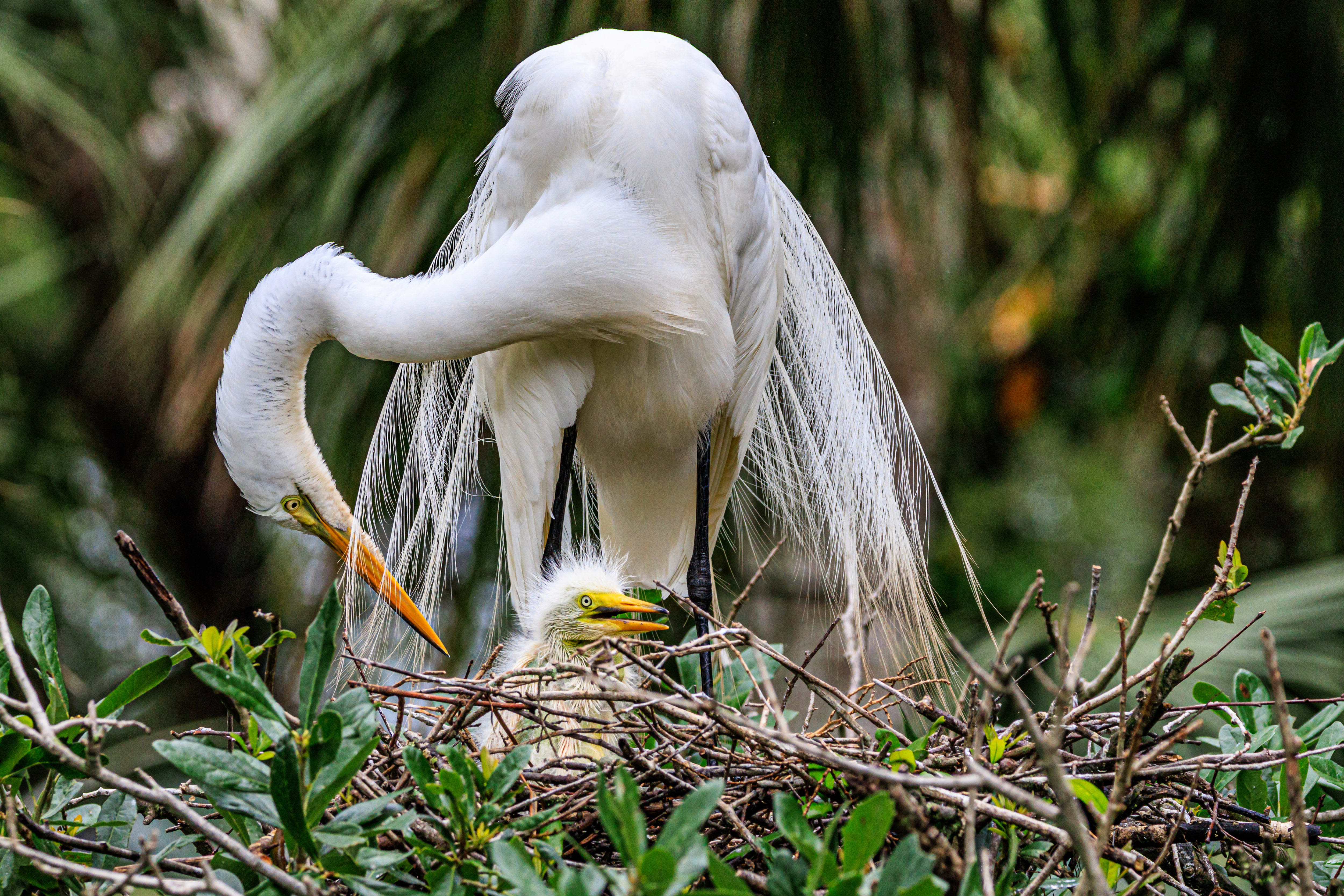Mangroves Are Powerful Coastal Guardians

Mangroves are a salt-tolerant wetland species of trees or shrubs
Beyond their inherent value as living organisms, mangrove trees are vital when it comes to protecting healthy waters and fisheries and even human development. A 2019 study from The Nature Conservancy and the University of California, Santa Cruz found that during Hurricane Irma in 2017, mangroves averted $1.5 billion in surge-related flood damages to properties (a 25 percent savings in counties with mangroves) and protected more than 626,000 people across Florida. They also provide crucial habitat for birds, marine life and other animals.
What Are Mangroves, Anyway?
A salt-tolerant wetland species of trees or shrubs, mangroves are most easily recognized by their aerial roots. These densely netted roots aid the exchange of nutrients and oxygen and help the trees maintain a firm grip along shorelines. Florida has three native mangrove species—red, black and white—and each have different capacities for salt tolerance and different ways of obtaining fresh water from saltwater. They can be identified by the color of their bark and the shape of their leaves.
Think Before You Cut
Because of their role in nurturing our estuaries, mangroves benefit from legal protections. A permit is required not only to remove mangroves, but to even cut or trim them. The permit ensures that the work will be done with appropriate care to preserve these essential habitats.

Image: JC Stocker/Shutterstock.com
Landing Pad
Migratory birds from all over the world come to Florida during the winter to find a home in mangroves. Year-round birds—such as herons, white ibises and egrets—roost and nest in mangrove canopies, which offer protection from predators and provide food like crabs, crayfish, frogs, mollusks and more.
On the Edge
Mangroves thrive in tropical or subtropical environments and grow in transitional zones of the shoreline—areas between water and land. Red mangroves reach farthest into intertidal zones and carry the highest tolerance of salt of the three Florida species. Black mangroves tend to be just upland from the red, and white mangroves are found farther up on shore.
Think Before You Cut
Because of their role in nurturing our estuaries, mangroves benefit from legal protections. A permit is required not only to remove mangroves, but to even cut or trim them. The permit ensures that the work will be done with appropriate care to preserve these essential habitats.
Not Just Pretty Trees
Mangrove forests sequester three to four times more carbon dioxide than land-based forests and they excel at preventing erosion. While waves cause seawalls or bulkheads to collapse over time, mangrove roots disperse a wave’s energy, naturally preserving coastlines and diminishing storm surge intensity and reach. They also absorb nutrient pollution before it enters waterways, helping prevent harmful algal blooms.

Image: Yasi Bahmanabadi
Danger Zone
Creating manmade islands in Sarasota Bay included the removal of many local mangrove forests. In addition to overdevelopment, drainage from agriculture and the growing threat of climate change also pose major risks for mangroves.



